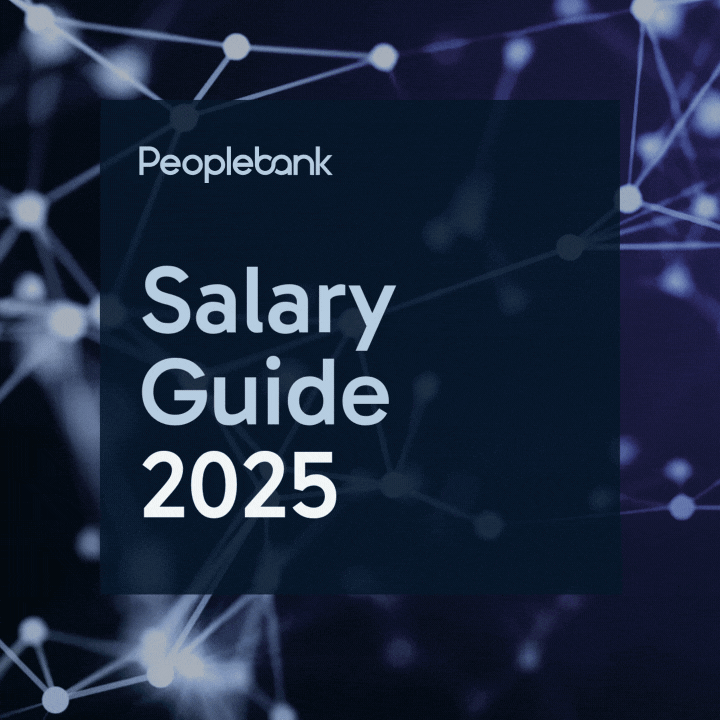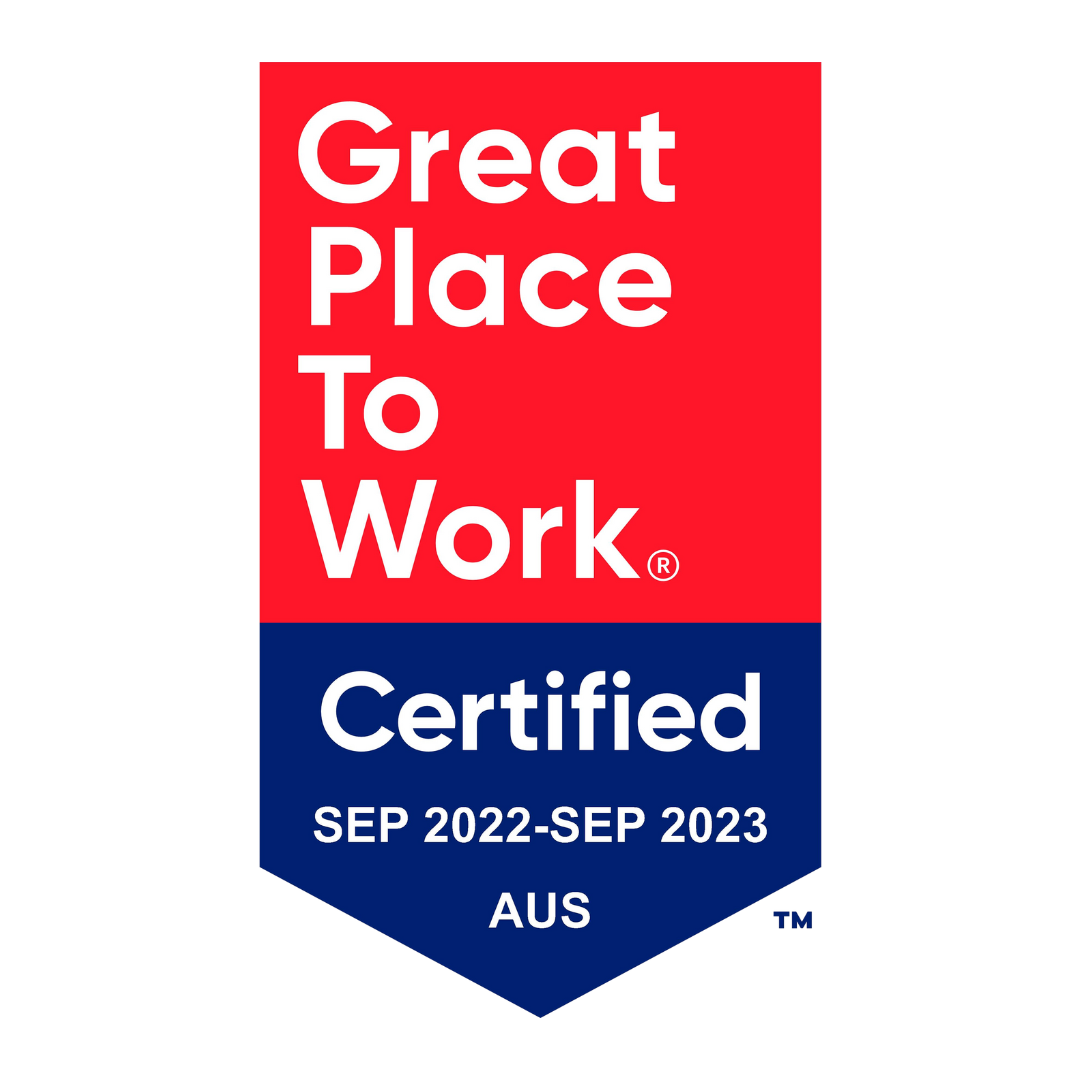How to answer: ‘Where do you see yourself in five years?’
This is what some would call a ‘trick’ question. It’s a useful question for hiring managers to detect any red flags with the interviewees. For example, answering ‘I see myself in your position’, would be a red flag, the same as ‘I see myself starting my own business’ is a red flag. These might seem like ambitious and fair answers, but they are not necessarily going to help you get the job. So what are potential employers looking for?
- Commitment/Longevity
- ROI
- Motivation for the specific role
- Do your career goals align with the company’s goals?
Employers want to make sure you are going to be worth it and that their investment in you will last. They also want to ensure you will be committed to the role. Hence why starting a business or pushing your manager out of their job might not be looked upon favorably.

Not everyone knows exactly where they want to be in 5 years, and that’s fine but we can help you with a formula for answering this question anyway.
The formula
Break it into two parts. The first 2 -3 years then the last 2 -3 years.
In the first part, you can express interest in the below:
- becoming an expert in your role
- learning the position and industry
- adding value
- getting to work with other teams and collaborating
- excitement about the position
In the second part, you can go on to things about the role which you might hope to develop upon. Make sure these goals are realistic and in line with the companies needs. For example:
- being a key person in the company
- being a go-to person for that position
- assisting other departments
- learning new skills and exploring project management or leadership roles
Not many people will settle for the same role for five years, especially at the beginning of their career trajectory, so it’s understandable to bring up leading a team or managing a project. But try not to get off track or discuss projects which indicate you won’t be there for the company in five years’ time.

What seems like a complex and hard question to answer doesn’t have to be. Just remember not to think so broadly although that’s the way the question makes you think you have to answer. In your mind, think about the question being this instead: ‘Where do you want to be in five years within our company and with this role?’ Then answer reasonably and realistically.






















